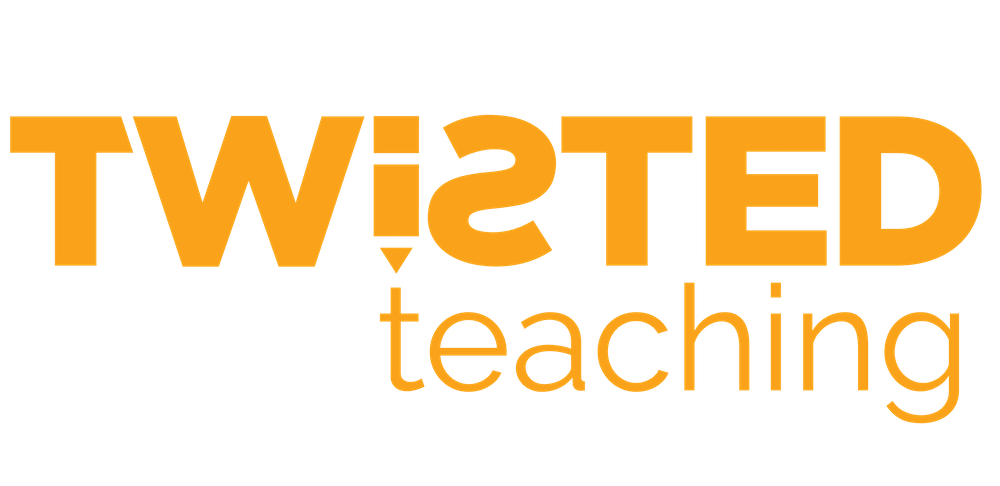This past summer, I published my first book REAL LOVE: Strategies for Reaching Students When They See No Way Out. When I started writing back in March of 2019, I was doing so from a place of reflection and healing. To me, it was a way to make sense of the question I’m commonly asked when I share my life story: How did you___________? Despite all that you experienced growing up, how did you overcome the odds stacked against you? How did you know you were meant to be an educator, how did your personal life shape your professional practices? Whenever I got asked a question about my childhood and where I am now, I was able to respond with REAL LOVE. Writing REAL LOVE was also my way of saying “thank you” to my former educators who played a vital role in helping shape who I am today. Honestly, if it weren’t for them, I don’t know where I would be. Then, lastly, writing REAL LOVE was for educators who I felt needed tangible tools to apply to their classrooms and school in order to be able to reach and teach every student. When I wrote REAL LOVE, I was writing about me in hopes to support other educators to transform their teaching practices and learning spaces. However, with each month that passes in 2020, I am realizing that REAL LOVE was not just a book about me, it was a book for me.
If you would’ve asked any educator in 2019 what they expected for the 2020 school year, no one would have imagined teaching during a pandemic and what that has come to mean for educators across the world. This year will be one to remember although many are begging to just move on and some Man in Black come and wipe our memories of 2020 clean. As much I would love to hurry into 2021, I am trying to be intentional about learning from 2020 using these lessons to do the necessary work of growing personally and professionally. This year and all that educators are up against is taxing on one’s soul. As a high school teacher and teacher educator, I am seeing the weight of 2020 manifest in various forms. Personally, I have screamed, cried, and some days just tapped out (like in the bed with covers over my head tapped out). Now, I must admit that while I have felt the pressure on educators during this time, I am not fully in the trenches (my husband has to constantly remind me of this) as I am not required to report to a school building and, because I teach high school students who are taking dual enrollment classes through a local community college, I have more flexibility in what I teach and how I teach. If I need to pump the breaks, slow down the pace of my courses, and respond to student needs, I have the ability to do that. However, despite the amount of control I have over my own courses, when it comes to the students, I am witnessing and experiencing some of the same issues that those teachers who are deep in the trenches are experiencing and frustrated with. What is getting me through this time, is remembering the words I wrote in REAL LOVE. Every line. Every paragraph. Every truth. In no way am I trying to come off preachy or add one more thing to the long to-do list that many teachers are currently staring at. I’m honestly just using this opportunity to, again, reflect on what REAL LOVE means and how much we all–teachers, administration, district leaders, parents, and students– need some REAL LOVE during this time.
No matter how hard the days get, remember that we are all in this together which is why we must continue to connect with and build respectful relationships with one another. These relationships must be something that we are intentional about cultivating and must factor in our culture and communities’ differences and how they shape individually and collectively. Even though we may be physically distanced from students and families, it’s critical that we promote relationship-building over content teaching but when a student won’t show up to a Zoom meeting because of the content being taught, they’ll definitely show up for the relationships being sought. Using the knowledge of students’ cultures and communities, how are we educating them to stand tall and firm during a time like this and analyze the social, political, and economic factors that have created the time we are living in. All summer, educators talked about creating academic spaces where students’ cultural, social, emotional, and academic needs are met; now we must commit to continue building these spaces where all students can thrive. Space where they can see positive representations of themselves, because #representationstillmatters, and spaces where they build their cultural competence, exchange cultural capital, and be prepared to fight everything in our world that is anti who they are. Despite the difficulties of this time, cultivating equitable and culturally responsive learning spaces that speak to the needs of ALL students must remain at the top of the list of our priorities as educators (if it wasn’t at the top of your list, it should be).
One of my biggest takeaways from the past few months is just how much students and families need us to have their backs and be their ride or dies. Every week, I look at my rosters, and I think about the ONEs I need to go after. Who are the ones that are not logging in? How can I go after them? Who are the ones not completing assignments? How can I go after them? Who are the families struggling to meet a need? How can I support them? Who are the ones who just need a little extra love, grace, and compassion? How can I show it to them? What colleagues of mine can use me to help them design a lesson, grade a lesson, contact parents or students or just speak some kind words to them? How can I make that happen? The year 2020 has been one big obstacle in itself, how can I join hands with my students, families, and colleagues and help them overcome these obstacles (and the other obstacles many are facing)? COVID-19, racial unrest, and political turmoil. What can I do to help my students process these issues and navigate these times? I must do something. They need me to do something. We all want to make it to the other side of this madness. Despite what capacity we currently serve in, we have been impacted by the year 2020 in some form or fashion. We can not lose hope–hope for the future, hope for education, and hope for our country. While we are living in an unprecedented time, we can not give up. How are we continue to dream big and “Visioneer” for a future that we can not currently see? How are we supporting our students to do the same? While 2020 seems like the longest year ever, it will be over before we know it. We will all look back over this year and marvel at what we did, what we accomplished, and what we were able to overcome. This year, we have witnessed so much change while fighting for change. Most importantly, countless educators have modeled for and equipped students to be the change. When the madness of 2020 is all said and done (please let it be over soon), the responsibilities we have to our students will be on the other side. As the dust of this year settles, on the other side will be a future that we must all step into. Are you preparing your students to enter the future bravely and confidently? There are a lot of things that are out of our control, but within our control is educating students for a future that they cannot currently see. I often ask myself, how will this lesson help them ________? What can they do with this when they are _____________? How can they use this tool to ___________________? And, an important question we must continuously ask: how can they use what I am teaching them to solve______________? When educating students for the future, these are questions that we must constantly ponder on as we walk alongside our students and usher in a future where the possibilities are endless.
Every morning at 4:30 AM, I would get up and ask God to speak to me the words he wanted me to write, and after 4 months of writing, I had the manuscript to REAL LOVE completed. With excitement, I prepared for my opportunity to share a concept and tangible tools with others to support them in creating equitable and culturally responsive learning spaces for each and every student. When I laid my eyes and hands on the book in its printed form, I smiled on the inside and thought “this is will be a great book for them (my educator friends). But, with each day that has passed since its official release, I’ve realized how much this book is also for me. I speak to me as a reminder of what all students need to beat the odds. It speaks to me as a guide when I don’t know what to do next. It speaks to me when I want to give up. And, most importantly, it speaks to me when I need an accountability partner to look me in my eyes and ask: are you giving your students the REAL LOVE they need when they see no way out? It speaks to me and sets my heart free. A book that I wrote for others has been the REAL LOVE that I need.


